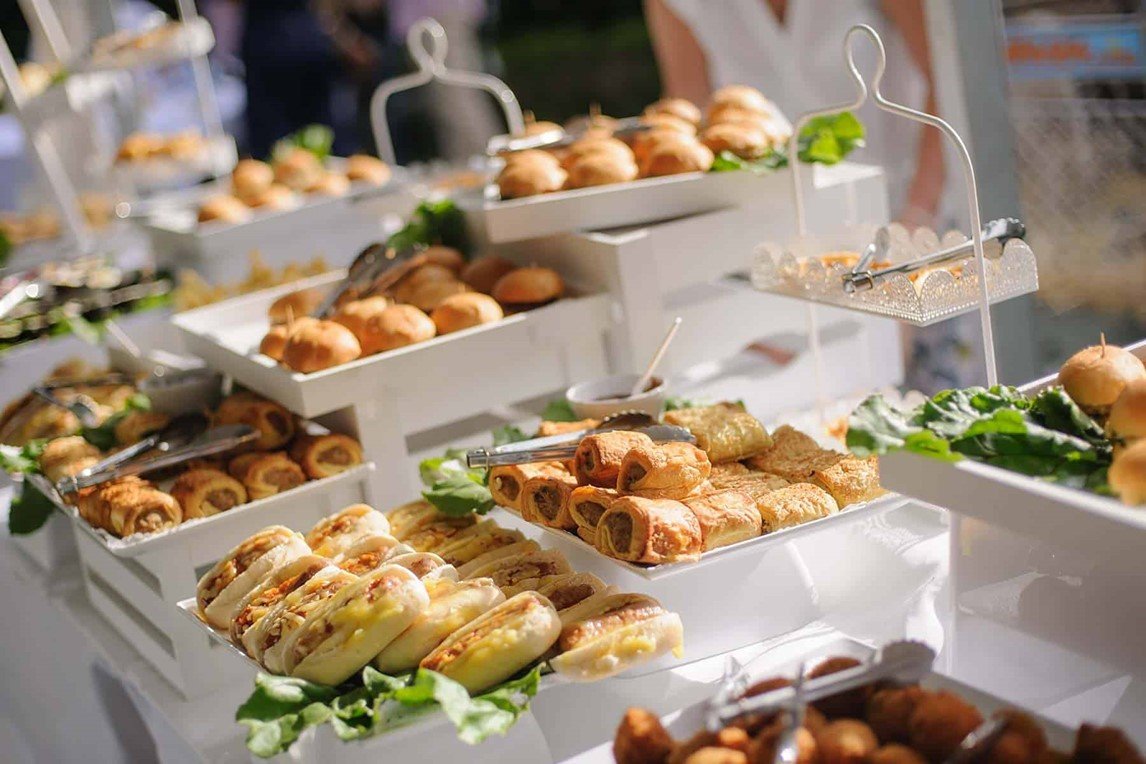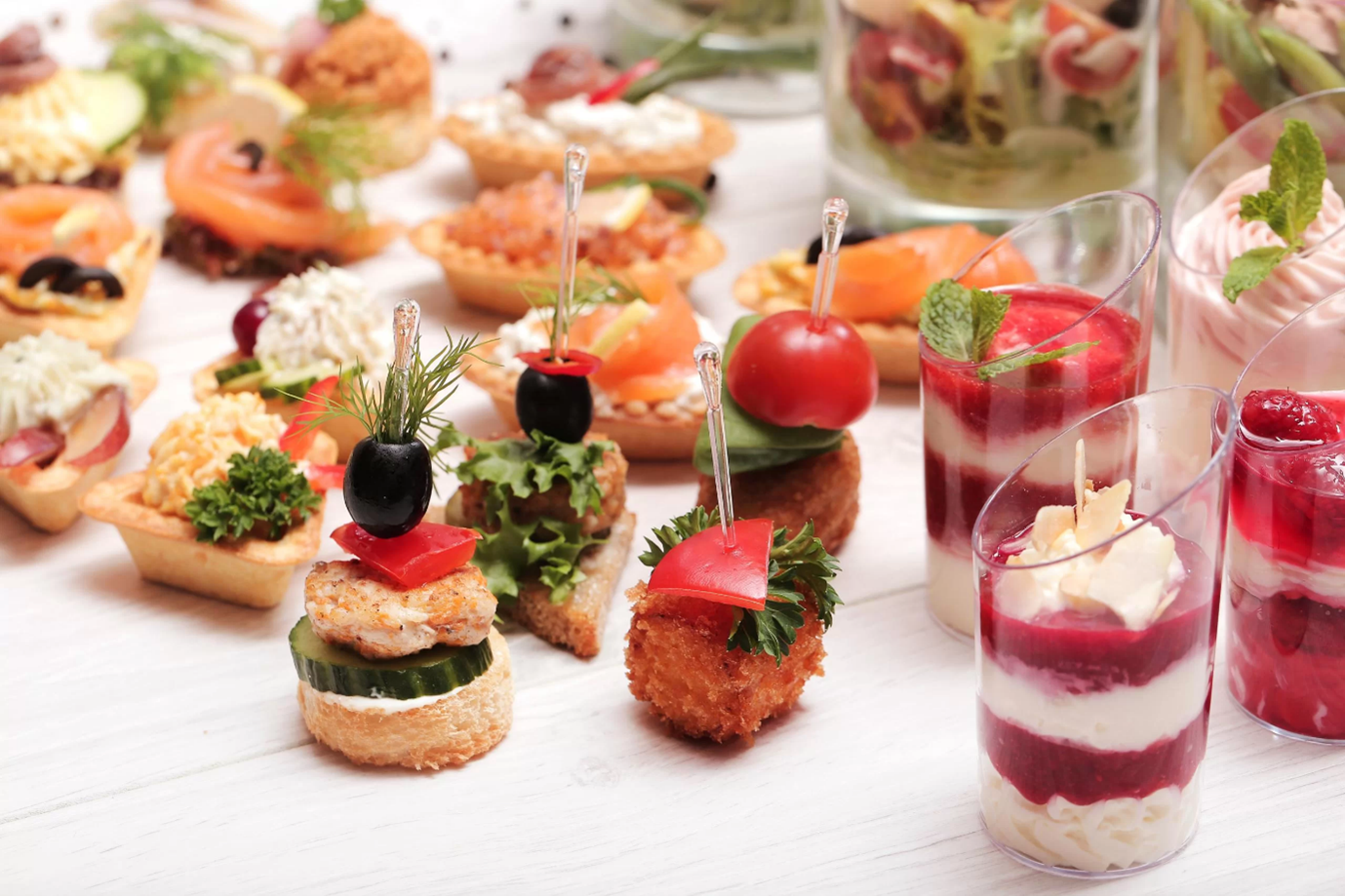Introduction
Planning a successful corporate event takes more than just securing a venue and sending out invites. An often overlooked but crucial aspect of event planning is selecting the perfect menu. The food you serve at your event speaks volumes about the company’s values, brand and level of care about its stakeholders. Choosing the right menu not only keeps your guests satisfied but also helps in creating the right atmosphere for your event.
Understanding Your Event
Before plunging into menu selection, the first step is to thoroughly understand your event. This involves getting clarity on details such as the number of attendees, their food preferences, the time of the event, and the event’s overall theme.
For instance, an early morning event may call for a light breakfast or brunch offerings, while an evening function might require a full-course dinner. The guest count can impact the serving style you choose; buffet might be ideal for large groups while plated meals work better for more intimate, formal settings. The theme plays an important role too. A casual beach-themed event might cry out for barbeque and seafood, while a traditional corporate party catering might dictate a more classic menu.

Know Your Guests’ Appetite
In addition to event specifics, a good grasp of your guests’ appetite is vital in avoiding food wastage or shortage. Understand the food preferences, dietary restrictions and culinary expectations of the attendees.
It’s imperative to survey the attendees for any allergy concerns or dietary restrictions like vegan, gluten-free, or kosher needs. Gracing your menu with a variety of options that caters to these needs, assures no one feels left out. Understanding whether your guests would favor a regional cuisine, or if they’re adventurous enough to try out exotic dishes, can guide your selection process.
Decoding The Perfect Menu
Now when you have gathered all needed information, let’s explore four main forms of catering: buffet, plated, cocktail and drop-off catering.
Buffet style offers a variety and often results in lower costs, as hiring serving staff isn’t necessary. A plated meal provides a more formal feel but may limit food choices to the attendees. Cocktail catering involves finger foods and canapes, ideal for events where networking is a highlight. Drop-off catering, where prepared food is delivered but not served, could be the go-to for small, casual events.

Pairing Food and Drinks
Food and drinks go hand-in-hand, and selecting the right combination can amplify the dining experience. The wine’s properties can enhance, complement or contrast the food’s flavor.
For instance, rich Chardonnays to zesty Sauvignon Blancs work well with chicken, fish, and seafood, while robust Cabernets or Zinfandels pair well with red meat. Beer selection is often designed around the menu – an IPA can complement a spicy dish, while wheat beer pairs well with light appetizers or salads. Remember, the goal is always to elevate the flavors of both the food and the drink with their combination.
Incorporating Seasonal and Local Food Options
Incorporating local and seasonal foods in your corporate party catering event menu can help you stand out. Not only do these options offer a flavor-packed experience, but they also indicate your commitment to the local economy and sustainability.

Think heirloom tomatoes in summer, rich, creamy squash in fall, citrus in winter, and fresh asparagus in spring. Picking ingredients at their peak ensures the highest quality. As ingredients travel less distance, the environmental impact is also lessened.
Setting the Right Order of Dishes
The order of dishes served can either make or break the dining experience. Start with lighter, delicate flavors followed by heavier, richer dishes.
Appetizers should kick start your guests’ palates without being too filling. Moving on to a light salad or soup helps transition guests towards main course. The main course can be a bit more robust. Desserts typically round out the meal experience by offering sweetness and a sense of satisfaction.
Working with Professional Corporate Party Catering
Choosing to collaborate with experienced corporate party catering can save you from unexpected hiccups. They can advise on portion sizes, provide creative solutions to dietary restrictions, and deliver high-quality food and service.
Clearly communicate your needs and ideas, and be open to their suggestions backed by their culinary expertise and industry knowledge. Ask for a tasting, review their portion sizes and inquire about their ability to accommodate special diets. The key is to ensure they understand your vision and can bring it to life.

Key Considerations for Vegan and Gluten-Free Menu Options
In today’s conscious world, considering vegan and gluten-free options isn’t just good manners, it’s good business. It communicates respect for guests’ lifestyle choices and health needs.
Create dishes that are naturally gluten-free or vegan to maintain the authentic taste and textures. Rice or potato-based dishes, salads, and vegetables can often be served without any modifications. Work with your chef or caterer to come up with innovative dishes that will impress not only those with restrictions but all attendees.
Nailing the Dessert and Coffee Course
Lastly, a successful corporate party catering event menu always ends with a memorable dessert and coffee course. This provides an opportunity to leave a lasting impression on your guests.
Choose desserts that are light, satisfying, and not overly sugary. Think fruit-based desserts, single-origin chocolates, or classic pastries. Serve high-quality coffee or offer a selection of teas for guests to choose from.
Conclusion
Crafting a successful corporate party catering menu requires detailed planning, creativity, and understanding your guests’ preferences. Remember that investing in quality and thoughtful food and drink decisions will not just fill your attendee’s bellies but will create lasting positive memories associated with your brand.




